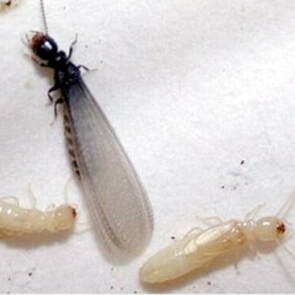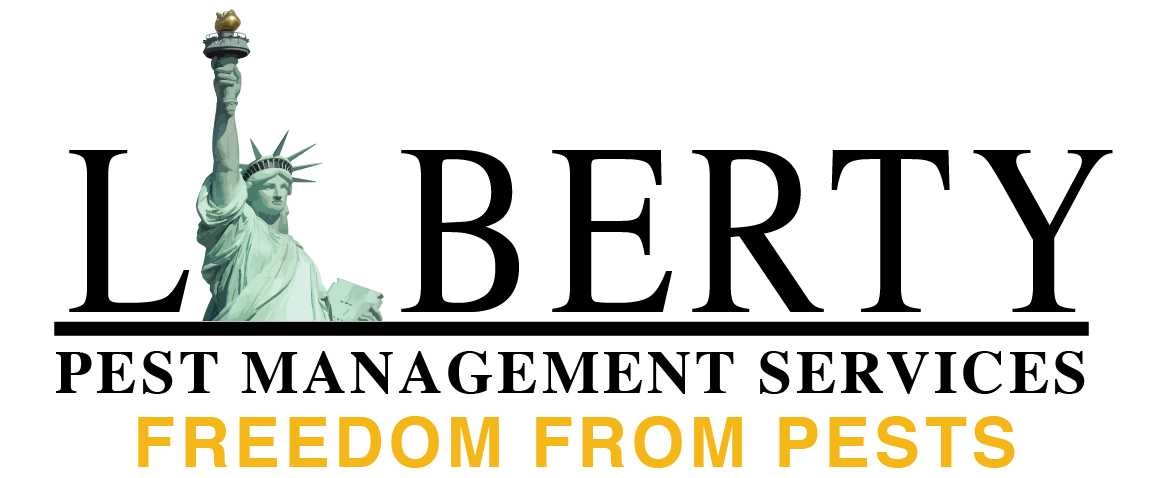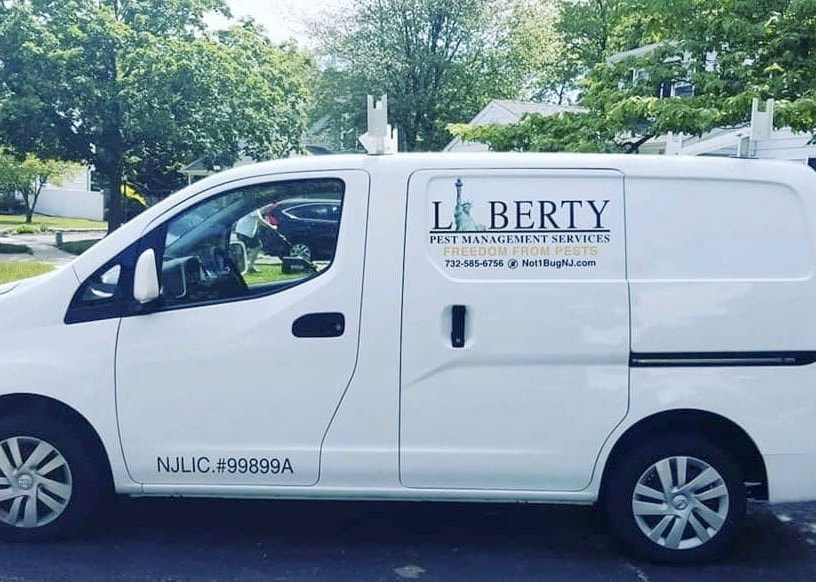
Subterranean Termites(Family Rhinotermitidae)
Color: Creamy brown.
Legs: Six
Shape: Long, narrow, oval
Size: 1/8″
Antennae: Yes
Flight: Yes
Subterranean termites can be found in every state except Alaska.
There are several species of subterranean termites, so named because they prefer to build their nests or colonies underground.
Habits
For subterranean termites, moisture is critical. Soil is the preferred medium, but they can survive anywhere moisture is consistent, and food is available.
Habitat
Subterranean termites need contact with the soil to survive and live underground. They can build tunnels through cracks in concrete.
Threats
Subterranean termites consume decaying wood. Any wood structure in contact with the ground is an easy meal for subterranean termites. They are capable of building mud tunnels to reach wood 50 or 60 feet from the ground.
Prevention
Denying subterranean termites access to food, moisture and shelter by minimizing any wood-to-soil contacts and maintaining proper drainage and water sealing throughout your structure is the key to preventing infestation. Listen for a dull thudding sound when striking wood if you think you have a termite infestation. Telltale tunnels run with the wood grain and are usually confined to areas of moist wood. Chemicals or bating systems can be used to get rid of these pests.
Color: Creamy brown.
Legs: Six
Shape: Long, narrow, oval
Size: 1/8″
Antennae: Yes
Flight: Yes
Subterranean termites can be found in every state except Alaska.
There are several species of subterranean termites, so named because they prefer to build their nests or colonies underground.
Habits
For subterranean termites, moisture is critical. Soil is the preferred medium, but they can survive anywhere moisture is consistent, and food is available.
Habitat
Subterranean termites need contact with the soil to survive and live underground. They can build tunnels through cracks in concrete.
Threats
Subterranean termites consume decaying wood. Any wood structure in contact with the ground is an easy meal for subterranean termites. They are capable of building mud tunnels to reach wood 50 or 60 feet from the ground.
Prevention
Denying subterranean termites access to food, moisture and shelter by minimizing any wood-to-soil contacts and maintaining proper drainage and water sealing throughout your structure is the key to preventing infestation. Listen for a dull thudding sound when striking wood if you think you have a termite infestation. Telltale tunnels run with the wood grain and are usually confined to areas of moist wood. Chemicals or bating systems can be used to get rid of these pests.

